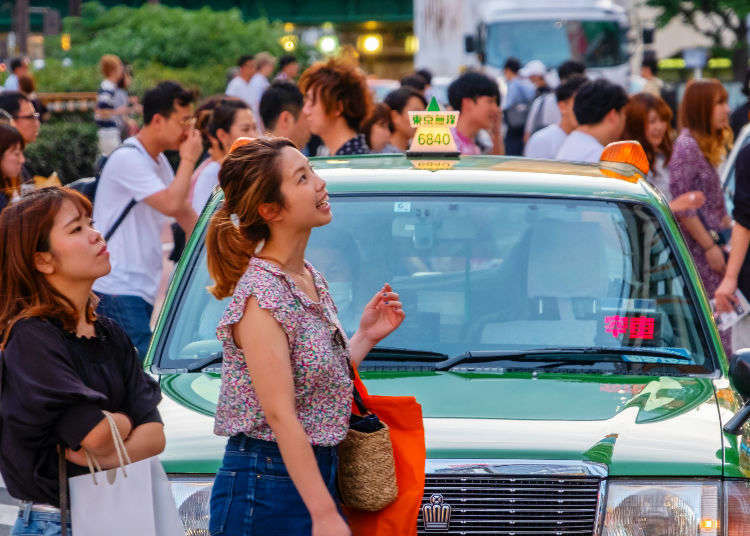
Though it is often said that prices are generally high in Japan, some visitors from abroad are surprised by the cheapness of Japanese grocery stores and restaurant chains. In Japan, deflation continued for about 20 years after the bubble economy collapsed in 1998, and the rise of cheap restaurant chains and fast fashion brands grew. According to the competition of small profits and quick returns, it is said that some goods actually became cheaper.
So are prices in Japan really that expensive? Let us now introduce some of the cheapest and most expensive things in Japan as compared to other countries.
The 2018 Big Mac Index - How Much is it in Japan?

Often used as an indicator to compare the purchasing power parity of a country's currency is the "Big Mac Index," introduced annually by the UK economic journal, The Economist. Because the McDonald's Big Mac is available all over the world and made with products of nearly identical quality, its price is considered to be a good comparison marker of the costs of various goods such as raw materials, shop utility costs, and employee expenses.
As of June 2018, the unit price of Japan's Big Mac is ¥390. The value set with fries and a drink is ¥690.
Out of the top ten most expensive countries as announced by The Economist in their Global Big Mac Price Ranking, seven were European countries, the United States ranked 5th, Canada ranked 6th, and Brazil came in 9th. Japan ranked 35 out of the 56 countries, standing at a lower rank than Sri Lanka (33rd) and Thailand (34th), and priced at about $0.50 cheaper than the average $3.93 cost per country.
As we can see, Japan's Big Mac is surprisingly cheaper in comparison to other countries!
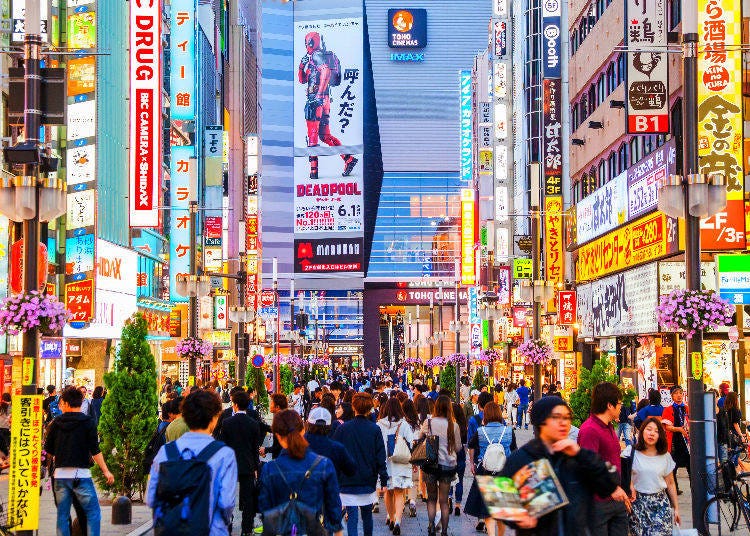
2018 Big Mac Price Ranking around the World (Target: 56 Countries and Regions)
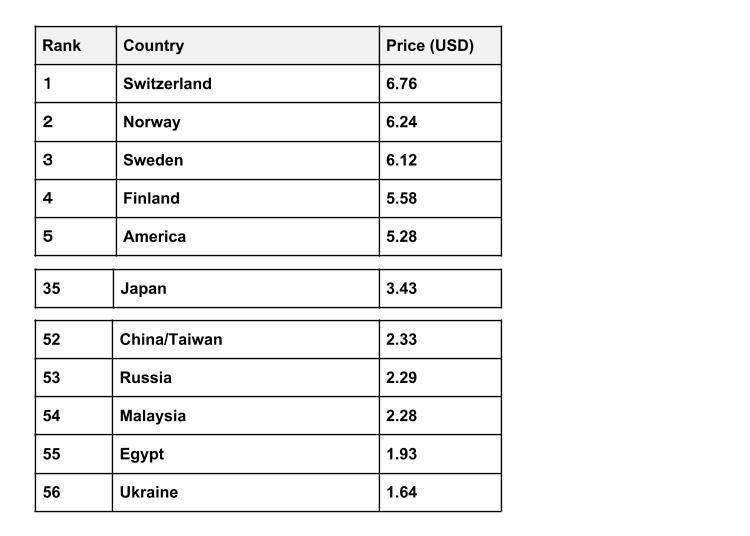
* Exchange rate as of January 2018 ($1=¥110) / Source: The Economist - Big Mac index
Cheap Goods #1: Japanese Restaurant Chains, and All-You-Can-Eat!
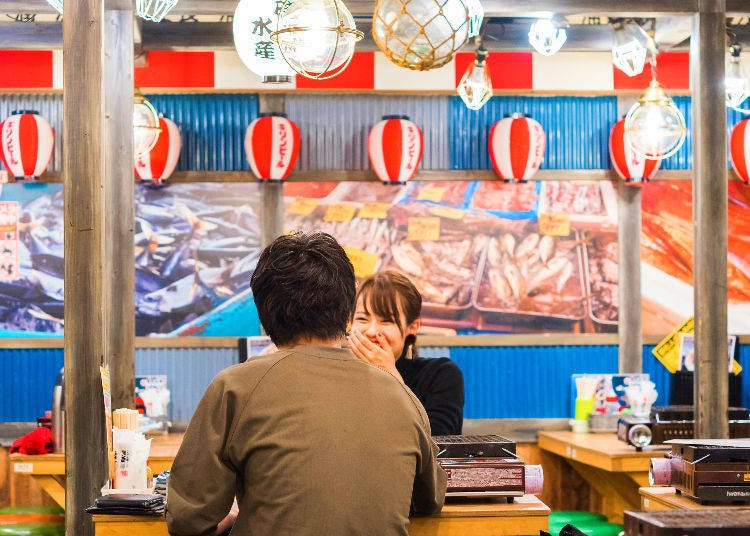
Some of the goods and services most recognized by foreigners as "cheap" are places such as izakaya, all-you-can-eat menus, and Japanese fast food chains. For example, all-you-can-eat shabu shabu restaurants go for about ¥3,000, all-you-can-drink plans including beer and cocktails are around ¥2,000, beef bowls go for ¥500 or less, and ¥100 dishes are available at kaiten-zushi restaraunts. So while there are many costly upper-class establishments, there are also many locations that you can enjoy a good meal at surprisingly cheaper costs!

There are also several other Japanese food bowl chains, such as rice and udon, both around ¥500.
Cheap Goods #2: High Quality, Large Variety, Cheap 100 Yen Shops!
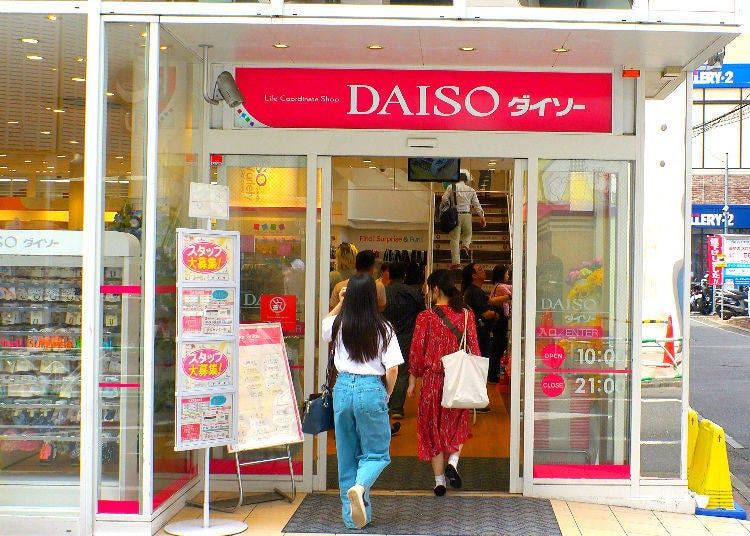
You can find all kinds of daily necessities in a Japanese 100-yen shop, such as kitchen items, washing and cleaning supplies, cosmetics, electronics, gardening tools, interior goods, party goods, and more! And almost everything is, in fact, ¥100! Not only are the items cheap but also high in quality. With tons of goods great for all your ideas and convenience, these shops are popular among Japanese and foreigners alike. From travelers’ necessities such as folding umbrellas and cosmetics, to souvenirs and miscellaneous goods, you can buy just about anything here!
Cheap Goods #3: Stationery is Cheap!
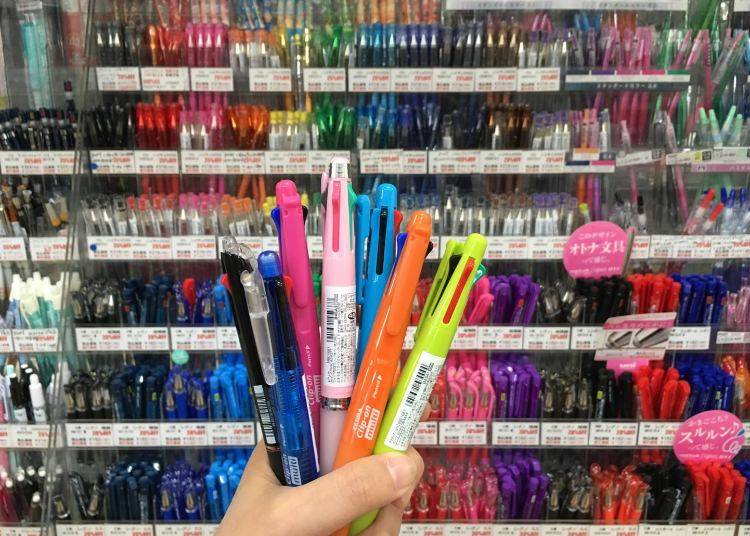
There are many types of stationary available in Japanese shops, both fashionable in style and versatile in functionality. Colorful ballpoint pens as well as ballpoint pens that you can erase letters can also be found for around ¥300. There are also many stationary available with cute characters, making them popular amongst students and adults alike.

Cheap Goods #4: Medical Expenses are Cheap!
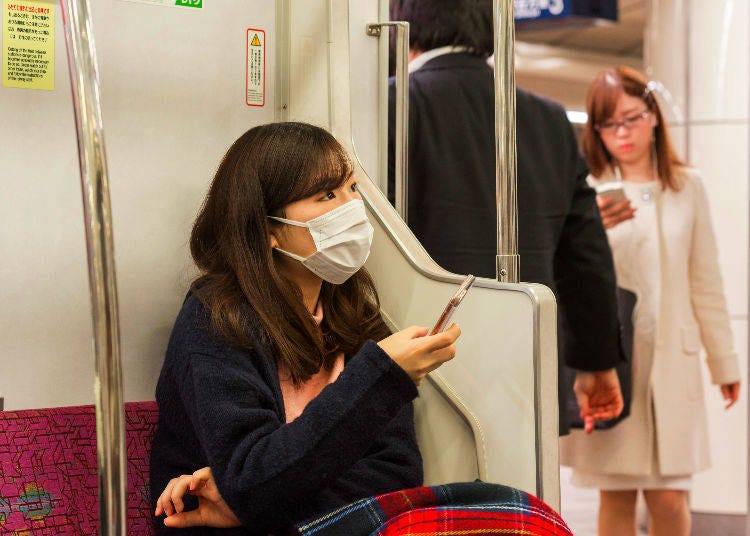
All Japanese citizens are subscribed to a national public insurance system. With this insurance, medical expenses to be paid by individuals at hospitals is 10% for elderly 75 or older, 20% for 70 to 74 years, 30% for less than 70 years, and 20% for children under 6 years. Dental treatment such as tooth decay is also included, and additionally, in the case of expensive treatments, you can even receive a medical expense tax deduction. For this reason, most Japanese people feel comfortable going to the hospital, even when only suffering something mild like a cold.

According to the following Individual and Private Medical Expenditure Ranking Per Capita graph which targets 44 major countries, the average medical cost is about 926 USD. Japan sat below that average at 718.23 USD.
Medical Expenses Per Capital Ranking (Individual/Private) (Target: 44 Countries and Regions, 2016)
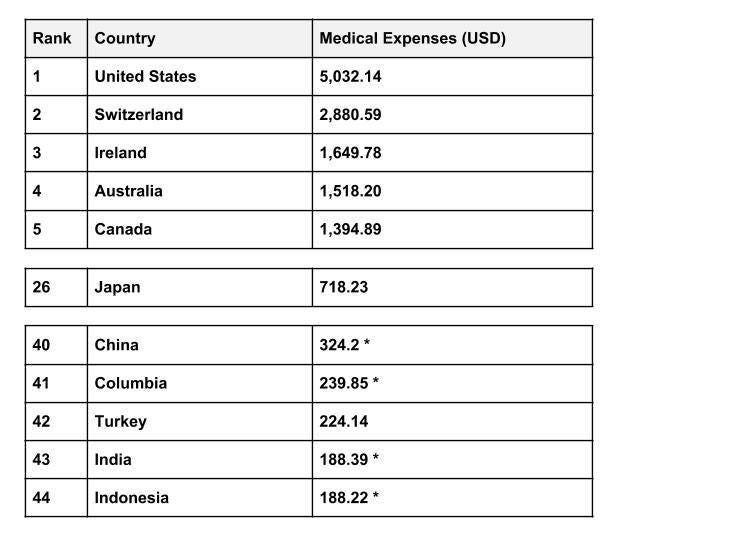
* Indicates data from 2015 / Source: OECD (Organization for Economic Co-operation and Development) / Data Provider: Global Notes
Expensive Goods #1: Movie Tickets are Expensive!
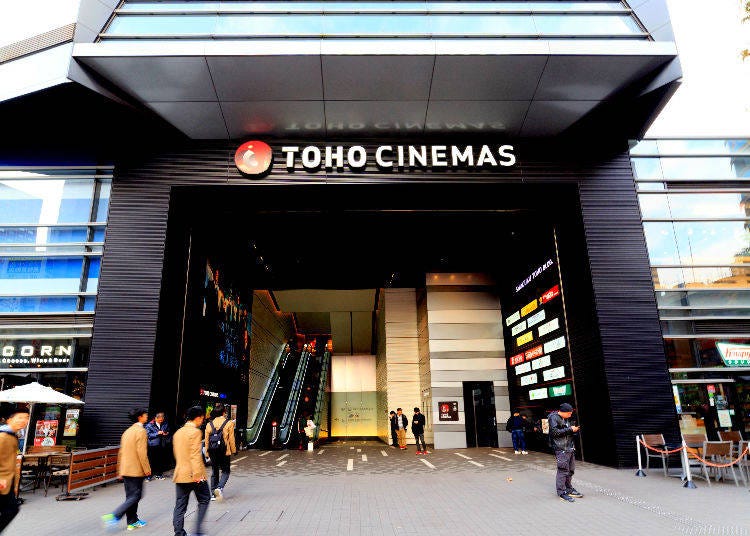
The admission fee for the movies is higher in Japan as compared to other countries. The average price amongst the target 87 countries is about 6.2 USD. Japan stands at about 11 USD, which is even more expensive as compared to the United States (about 8.4 USD), France (about 7.2 USD), and Korea (about 6.5 USD).
Worldwide Movie Admission Fees International Comparison Rankings (Target: 87 Countries and Regions, 2015)

* Exchange rate as of 2015 survey / Source: UNESCO (UNESCO Institute) Data Provider: Global Notes
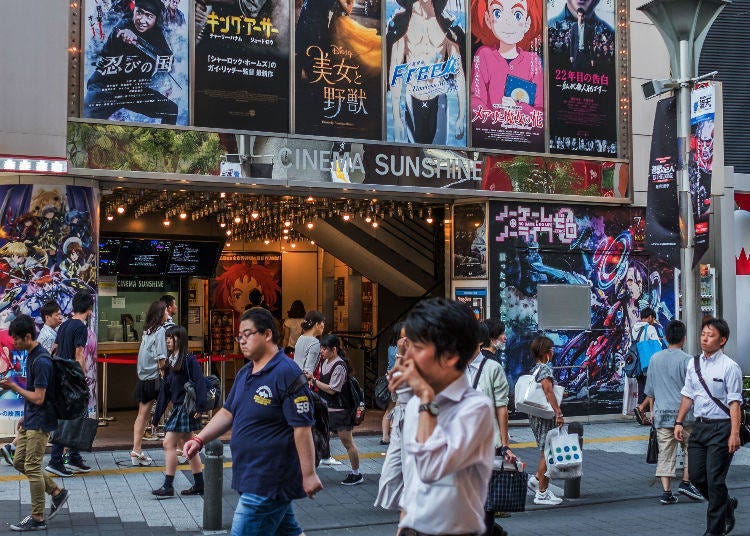
There are discounted entry times such as the matinee, the late showing, ladies' day and senior discounts at the Japanese cinema, and there are certain days when ¥1,800 tickets can be purchased at a discounted price of ¥1,100 to ¥1,400. Service may vary by theater.
Expensive Goods #2: Taxis are Expensive!
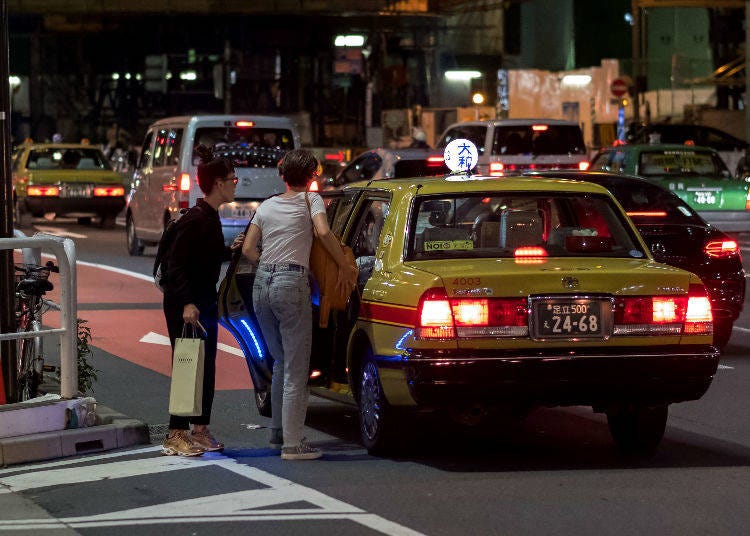
Many foreign visitors may not know how expensive Japanese taxis can be. This is because there are relatively few people who use taxis frequently thanks to the convenience of the public transportation system, which includes trains and buses throughout central Tokyo, with an average taxi distance of about 4 km. The taxi fares of Tokyo (the 23 wards of Tokyo, Mitaka, and Musashino City) were revised in 2017 to promote cheaper single fares for distances less than 4 kilometers.
The initial fare has been reduced from nearly ¥700 to ¥730 yen (up to 2 km) to nearly half from ¥380 to ¥410 (1.052 km), making it more convenient for shorter distances. However additional fares after the initial fare combined with time and distance were raised, so if the distance exceeds about 6.5 km, the cost can become even higher than you expected, so please take care when riding a taxi in Japan!
Expensive Goods #3: Communication Costs are Expensive!
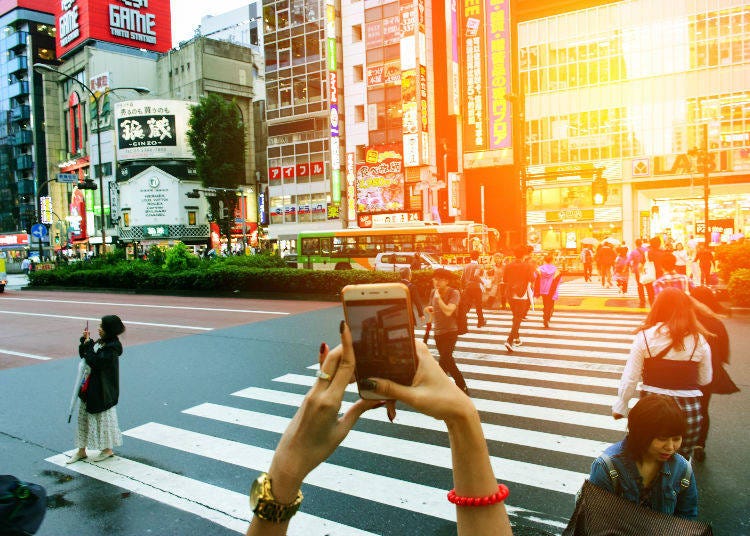
Foreigners who come to Japan from other countries where free WiFi spots abound may instantly feel that this luxury is rather scarce in Japan. Once called "Galapagos phones," Japanese mobile phone manufacturers have evolved their own standards to be slightly different than global standards. With the 2015 legislation allowing world standard mobile phone makers such as iPhone to manufacture phones with an unlocked SIM, even mobile phones purchased in foreign countries can now be used in Japan.
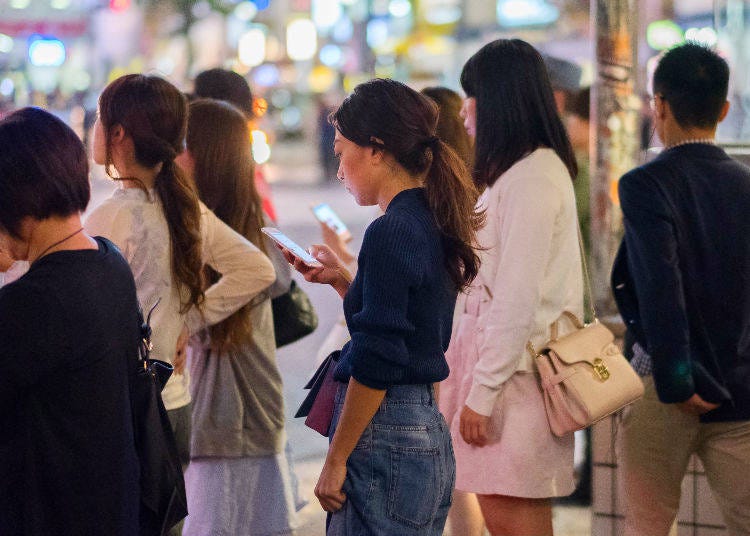
In recent years, aside from the major communication companies, cheaper communication companies have also been on the rise. Because the Tokyo Olympic Games and the Paralympic Games will be held in 2020, the development of communication infrastructures such as free Wi-Fi is advancing rapidly in order to welcome and accommodate the expected number of foreign travelers. Let's hope this makes the Japanese Internet environment even more cheap and convenient!
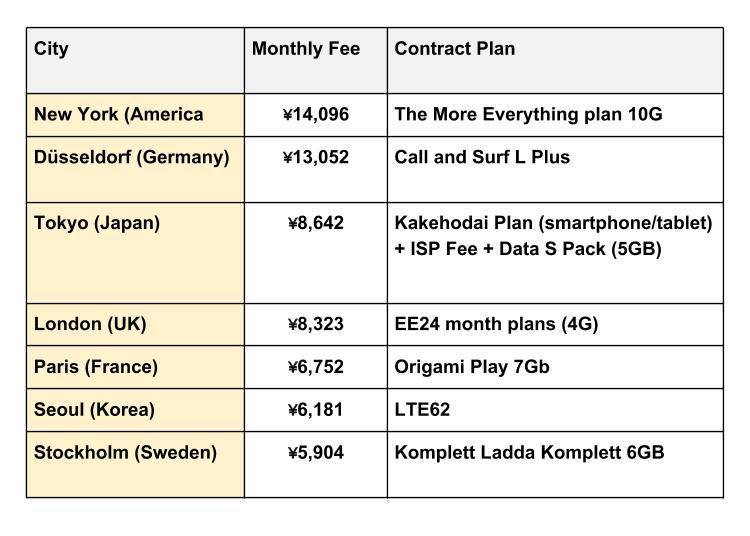
* Exchange rate at time of survey / Above plans and prices are approximate / Source: Ministry of Internal Affairs and Communications (Domestic and Overseas Telecommunications Service Price Differences - 2014) Presented July 2015
Expensive Goods #4: Utility Bills (Gas and Electric) are Expensive!
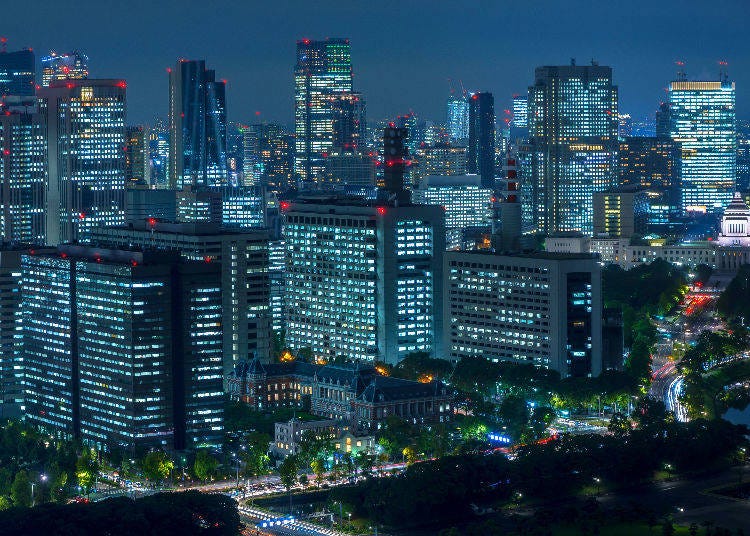
Though essential to the daily lives of everyday people, electricity and gas are notably high in Japan! According to the following surveys by the global statistics company Global Note of major countries around the world, "Household Electricity Expense Ranking by Country" and "Household Gas Expense Ranking by Country," household electricity costs in Japan ranked 11 out of 27 countries, and gas came in second highest amongst 25 countries.
Household Electricity Expense Ranking by Country/Region (Target: 27 countries and regions, 2016)

* Exchange rate as of 2016 survey. Source Reference: DECC(UK Department of Energy and Climate Change) Data Provider: Global Notes
Household Gas Expense Ranking by Country/Region (Target: 25 countries and regions, 2016)

Source: DECC (UK Department of Energy and Climate Change) Data Provider: Global Notes
As we can see, Japan has a particularly high 100KW energy unit price, appliance manufacturers have launched many energy-saving home appliances one after another in the efforts to conserve electricity even further after the Great East Japan Earthquake of 2011. But now, exactly how much are these Japanese household gas and electric bills?
According to the household survey by the Ministry of Internal Affairs and Communications, the average cost of electricity and gas bills for Japanese households of 2-5 persons is as follows.
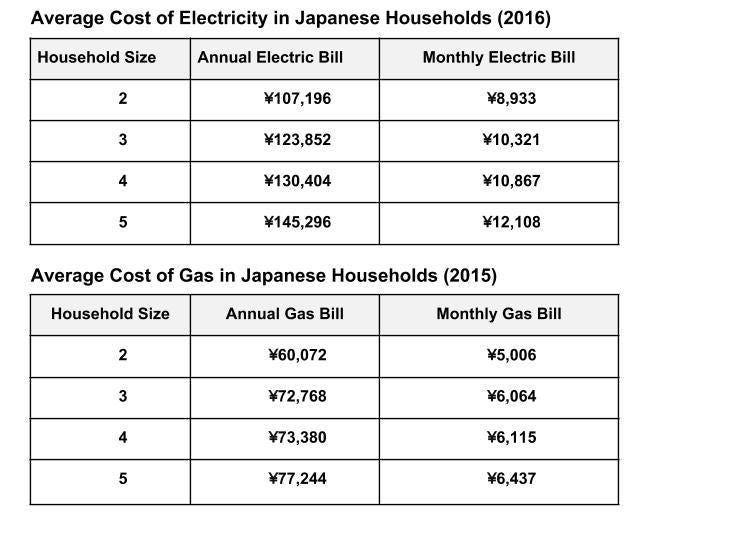
Expensive Goods #5: Education Costs are Expensive!
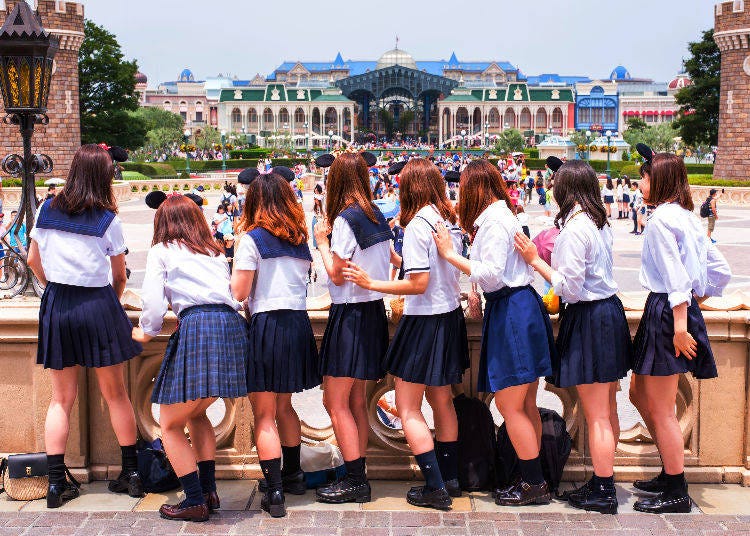
In Europe, countries such as France and Sweden offer free tuition to public universities for their citizens, with low costs in many other countries, so students can choose to go on to higher education without having to worrying very much about the financial burden. And in other countries where the tuition fee is known to be high, such as the U.S. and U.K, scholarships and low-interest financial loans are available. Japan, on the other hand, does not offer much in terms of scholarship and financial aid, and even children with good grades cannot go on to high school or university if tuition fees can not be paid. Even if you choose a public school with relatively low tuition fee, the cost for one child will still come out to about 10 million yen! For private schools, the cost is said to be twice as much!
The following shows the educational expenses for 4-year universities (6 years for medical and dentistry departments).
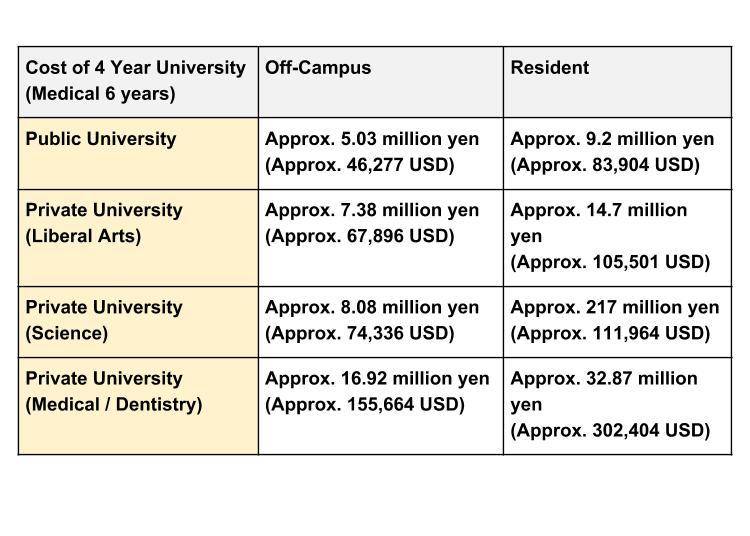
* Based on exchange rate as of June 2018 (1 USD = 108.7 yen) Source: Japan Finance Corporation (Survey on actual costs of continuing educational in 2017)
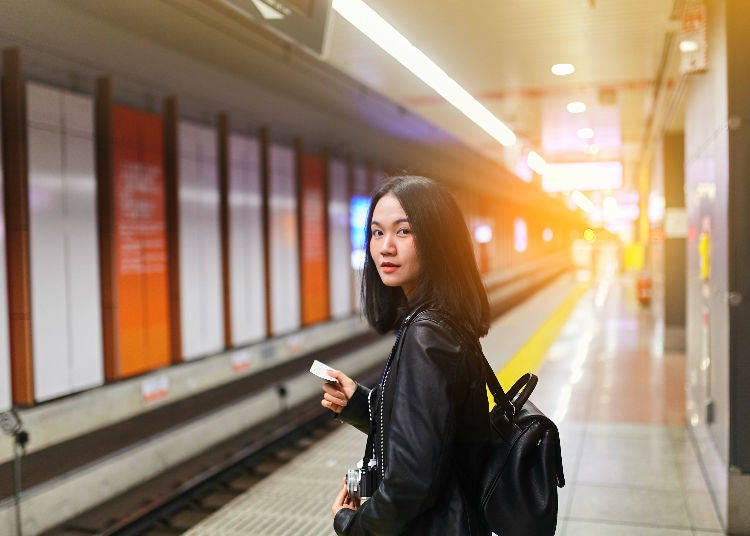
Some of the most expensive items in Japan are taxi fares, entertainment such as movies, and essential living costs such as utilities and education. However, Japanese medical expenses are notably cheap, which is good considering that this worldwide medical system is a particularly important part of our lives. Additionally, you can also enjoy delicious Japanese food and fashion without having to spend so much, with all-you-can-eat-and-drink options, fast food, and fast-fashion, which is another plus even for foreigners in Japan.
With all that being said, now that you know how to navigate the prices of Japan more effectively, with an awareness of what can be costly and what is more affordable, you will be able to more easily and effectively travel throughout Japan.
*Top image credit: Makistock / Shutterstock.com
*Prices and options mentioned are subject to change.
*Unless stated otherwise, all prices include tax.
Popular Tours & Activitiess
Recommended places for you
-

Jukuseiniku-to Namamottsuarera Nikubaru Italian Nikutaria Sannomiya
Izakaya
Kobe, Sannomiya, Kitano
-

ISHIDAYA Hanare
Yakiniku
Kobe, Sannomiya, Kitano
-

Kambei Sannomiyahonten
Yakiniku
Kobe, Sannomiya, Kitano
-
Appealing

Rukku and Uohei
Izakaya
Sapporo / Chitose
-
Goods

Yoshida Gennojo-Roho Kyoto Buddhist Altars
Gift Shops
Nijo Castle, Kyoto Imperial Palace
-

Kanzenkoshitsuyakinikutabehodai Gyugyu Paradise Sannomiya
Yakiniku
Kobe, Sannomiya, Kitano
-

Keisei × Keikyu 16-Temple Goshuin Tour: Discover Deeper Tokyo & Yokohama
by: Guest Contributor
-

[Extended Offer!](12% OFF KKday Coupon) Mt. Fuji Autumn Leaves, Powder Snow & More! 15 Best Tours to Experience Japan in Fall & Winter
-

Enjoy Japan's Gorgeous Winter Lights! Ride the Romancecar to Shonan no Hoseki Illumination
by: Guest Contributor
-

New Seibu L00 Series Launching in 2026! What to See Along the Tokyo-Area Golden Route
by: Guest Contributor
-

A Travel Game Changer! Go Hands-Free Between Tokyo and Kyoto with LUGGAGE EXPRESS by JTB and JR Tokai
by: Guest Contributor
-

How to Get Don Quijote's Exclusive 2025-2026 Winter Gift (+Tax-Free Savings)
-

Oga Aquarium GAO Guide: Fish, Polar Bears and...Godzilla?
-

Bring Home Traditional Japanese Kitchen Tools—Stylish & Affordable Finds at 3COINS
-

What Is 'Hanachozu' - Japan's New Way To Heal At Temples And Shrines Amid The COVID-19 Pandemic?
by: Miyu Shimada
-

Ikebukuro Station Area Guide: Top 15 Spots When You Escape the Station's Maze!
-

Universal Studios Japan: Guide to Osaka's Giant Theme Park Attractions!
by: WESTPLAN
-
Ad

Running in Japan: See the sights and stay fit in locally made wear!
- #best sushi japan
- #what to do in odaiba
- #what to bring to japan
- #new years in tokyo
- #best ramen japan
- #what to buy in ameyoko
- #japanese nail trends
- #things to do japan
- #onsen tattoo friendly tokyo
- #daiso
- #best coffee japan
- #best japanese soft drinks
- #best yakiniku japan
- #japanese fashion culture
- #japanese convenience store snacks












